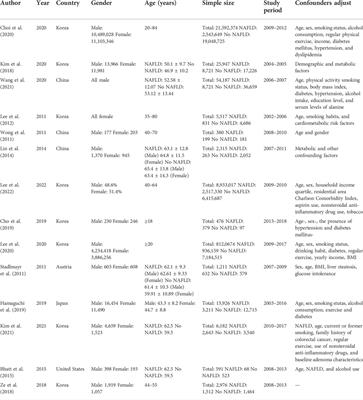EDITORIAL
Published on 28 Mar 2023
Editorial: Liver diseases and programmed cell death
doi 10.3389/fphar.2023.1182013
- 1,084 views
11k
Total downloads
30k
Total views and downloads
EDITORIAL
Published on 28 Mar 2023
ORIGINAL RESEARCH
Published on 27 Mar 2023
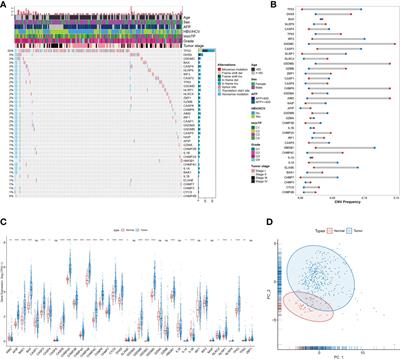
MINI REVIEW
Published on 08 Mar 2023
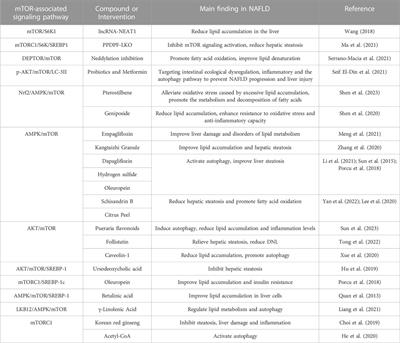
ORIGINAL RESEARCH
Published on 15 Feb 2023
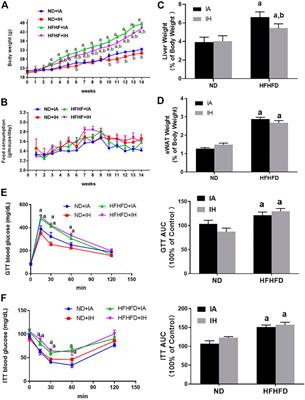
ORIGINAL RESEARCH
Published on 24 Jan 2023
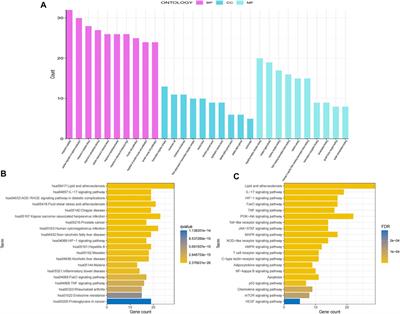
REVIEW
Published on 10 Jan 2023
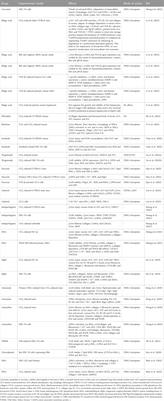
ORIGINAL RESEARCH
Published on 14 Dec 2022

MINI REVIEW
Published on 02 Dec 2022
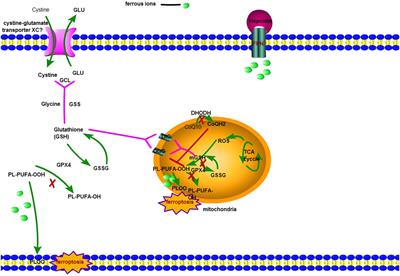
ORIGINAL RESEARCH
Published on 09 Nov 2022
